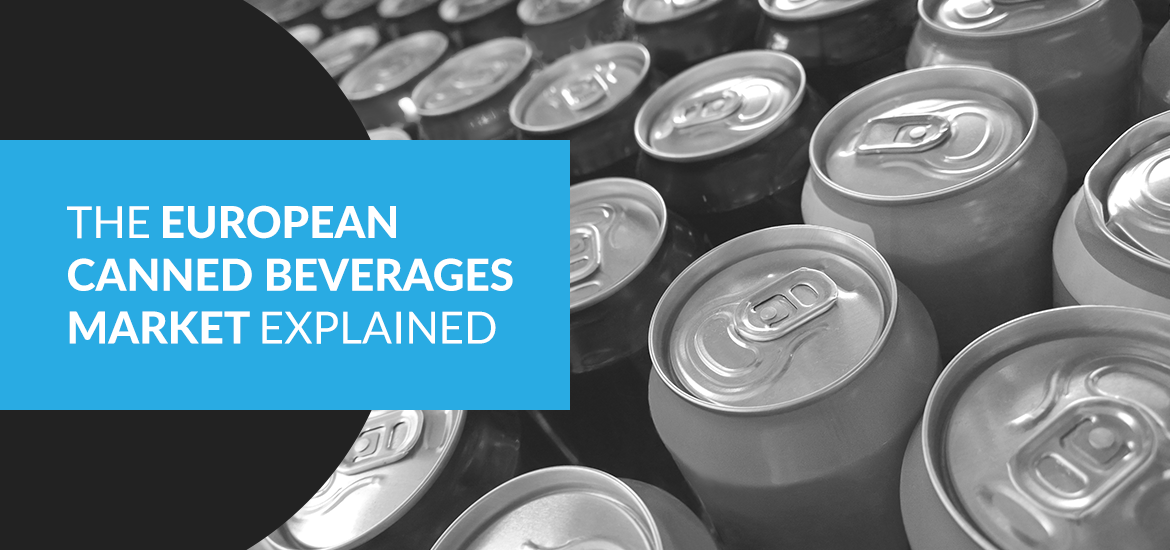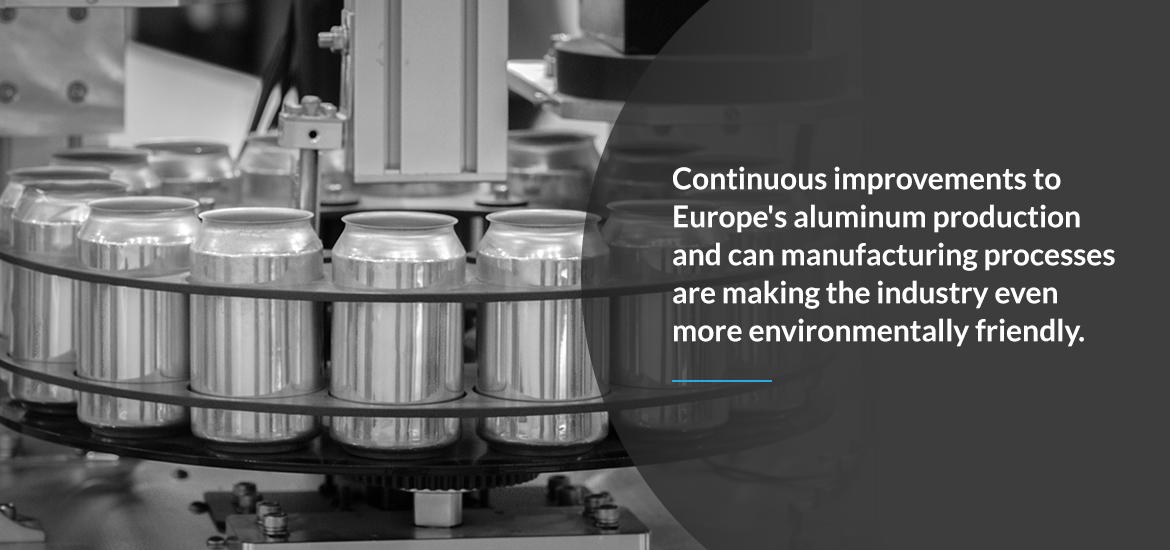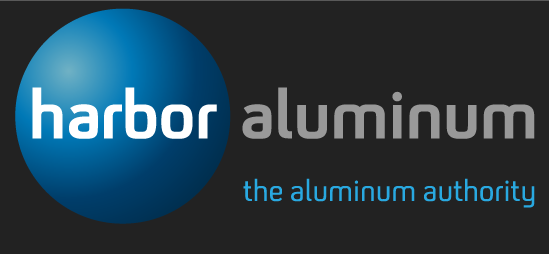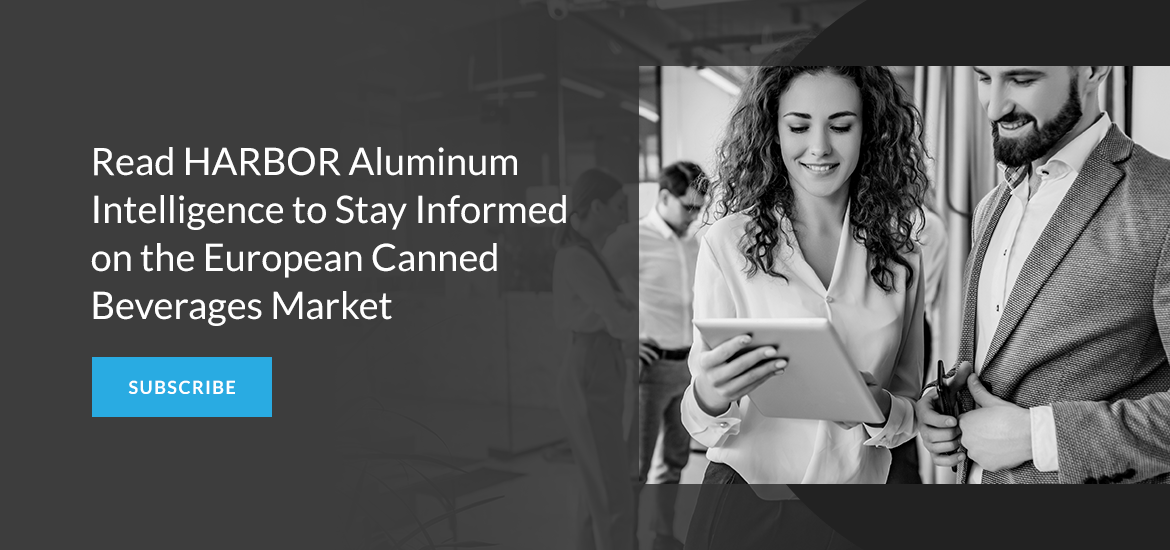The European Canned Beverages Market Explained

In 2020, the European market for metal cans was worth $17.31 billion and estimated to reach $19.95 billion by 2026. For a market this valuable, it is imperative to understand the current trends and potentially global impact. Below, you'll learn a bit about the history of aluminum canned beverages, an overview of the European canned beverages market and market trends and projections.
Canned Beverage History
Before diving into the current state of the European beverage cans market, it's helpful to have a bit of background. Coors rolled out its first all-aluminum, seamless, two-piece beverage can in 1959. In the same year, the company instituted a recycling policy by paying customers one cent for each can they returned.
Later, in 1964, aluminum cans became a staple of the soft drink market when Royal Crown Cola made two of its beverages available in two-piece aluminum containers. During their first year on the market, aluminum soda cans accounted for 1 million cases. Since then, aluminum cans have continued to be the soda container of choice because they are lighter in weight than steel and provide a better surface for printing text and graphics, which enables more effective brand marketing.
Market Overview of European Canned Beverages
Now, Europe has become one of the leading regions in the global canned beverages market due to the consumption of multiple different beverage types. The European Commission has called the beverage industry the region's largest revenue-generating industry. Each year, Europeans use up to 50 billion aluminum cans by drinking cases of soft drinks, mineral water and alcoholic beverages.
Specifically, the high consumption of alcoholic beverages, such as wine and beer, drives the European canned beverages market. European countries boast the world's highest level of alcohol consumption, with wine being the continent's most popular drink of choice.
Though glass and plastic have long been the go-to packaging materials for beverages, metal is becoming more mainstream. For instance, craft beer brewers almost exclusively use metal cans for their packaging because the material does not taint the beer's flavor. With more and more beer can manufacturers popping up, the canned beverages market will only grow across Europe.
Currently, the largest aluminum can packaging company in Europe is Ardagh Group S.A., which has 55 production resources throughout the continent. Ardagh Group S.A. supplies a wide range of aluminum beverage cans in various shapes and sizes for numerous types of drinks, including beers, flavored alcoholic beverages and wine.
More generally, the United Kingdom, France, Spain and Italy, in particular, rank among the top European producers of canned beverages. While the standard 330ml cans dominate the European market, slimmer cans are quickly gaining popularity, which is steadily increasing the overall market growth.
In the years to come, the European beverage cans market should continue experiencing robust growth and hold a significant share in the market globally. As the demand for more sustainable canned beverages and convenient packaging for beverages rises, industry experts expect the European canned beverage market to expand right along with it.

Current Beverage Cans Market Trends
Like most industries, the beverage cans market took a significant hit due to COVID-19. With bars and restaurants shut down, beer brewers and other beverage producers shifted their priorities from kegs and large serving vessels to individual-sized cans. Some markets have even gone through an aluminum can shortages as packaging companies struggle to keep up with the higher demand.
Along with an increased demand for aluminum beverage cans in general, the pandemic has brought an unprecedented demand for environmentally friendly aluminum beverage containers. This call for heightened eco-friendliness involves focusing on metal cans' recyclable properties while reducing manufacturing companies' carbon footprint.
Currently, only 14% of the plastic packaging produced globally gets collected for recycling. Of that 14%, only 5% of the material value gets retained for later use. On the other hand, the global recycling rate of aluminum cans has reached 69%. In particular, the European Union leads the world with an impressive 74.5% aluminum can recycling rate.
Continuous improvements to Europe's aluminum production and can manufacturing processes are making the industry even more environmentally friendly. Packaging companies are increasingly concentrating on following sustainable practices by manufacturing products from recycled materials, which uses less energy and water while cutting down on carbon emissions.
For example, Ball Corporation, a leading soda can manufacturer in Europe, announced its commitment to sustainable aluminum can packaging procedures with a plan to achieve net-zero carbon emissions by 2050. The goal is to create more sustainable canned beverages by bringing light-weighting into applications. Doing so will make it easier for consumers to recycle aluminum beverage cans.
European Aluminum and Metal Packaging Europe have also launched a joint roadmap for reaching 100% aluminum beverage can recycling by 2030. To accomplish this goal, the roadmap states the organizations will focus on the following four areas of interest:
- Recovering aluminum from bottom ash treatment
- Improving the curbside and on-the-go waste collection systems available for recycling aluminum beverage cans
- Increasing the efficiency of sorting infrastructure and addressing informal recycling more effectively
- Engaging with consumers to keep them more informed
Furthermore, encouraging data released by Metal Packaging Europe, an association of European packaging manufacturers, indicates that the last decade saw a significant reduction in carbon emissions throughout the lifecycle of aluminum beverage cans. On average, the industry's carbon footprint shrank by 31%. These results suggest a more sustainable future is possible with aluminum cans.
European Market for Beverage Cans Projections
The worldwide push to recycle more, reduce plastic packaging and cut down on carbon emissions all point toward an increased demand for aluminum packaging for years to come. According to recent research, the aluminum can is the beverage packaging material with the lowest carbon footprint, making it an appealing material for beverage producers across the board.
Though exchanging plastics and glass for aluminum packaging will be a slow and long-term process, even gradual growth will require considerable adjustments from the industry. For instance, a shift of only 1% of global beverages from glass or plastic packaging to aluminum cans would mean 24 billion more cans — a demand increase of approximately 310,000 tons.
Aluminum industry leaders would be wise to get familiar with the market outlook and prepare for the demand for aluminum to grow considerably within the beverage segment at higher rates in the future than in the past. By anticipating this increased demand, aluminum companies can prepare themselves to fulfill buyers' requests.
Read HARBOR Aluminum Intelligence to Stay Informed on the European Canned Beverages Market
Ensure you're always abreast of the latest European canned beverages market trends by subscribing to HARBOR Aluminum Intelligence. HARBOR is the only company that specializes in solely aluminum pricing and forecasting. Without having to focus on any other material markets, HARBOR can deliver you the latest, most reliable aluminum industry information possible.
For daily market insights, data, trends and more, subscribe to HARBOR's intelligence reports today.

